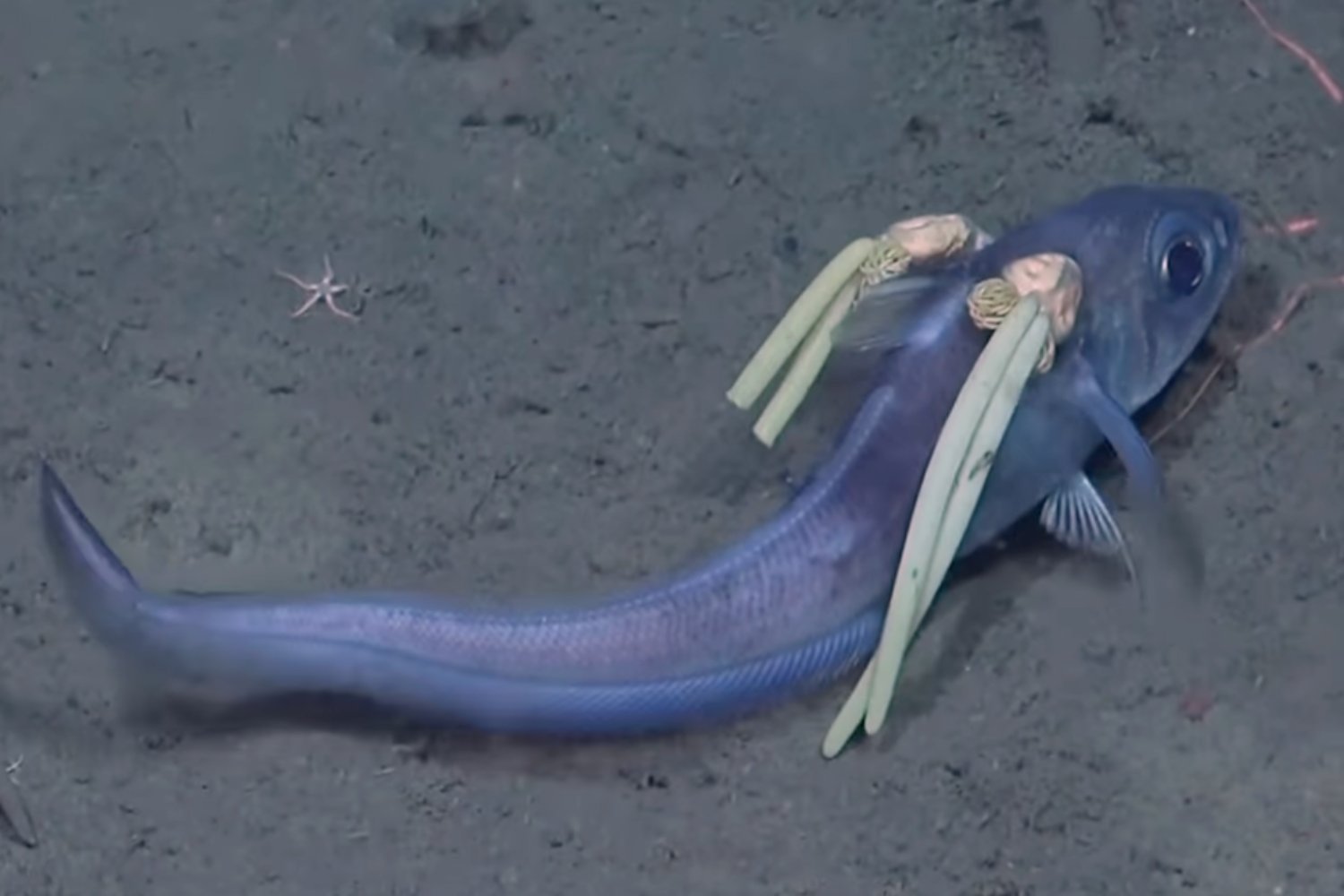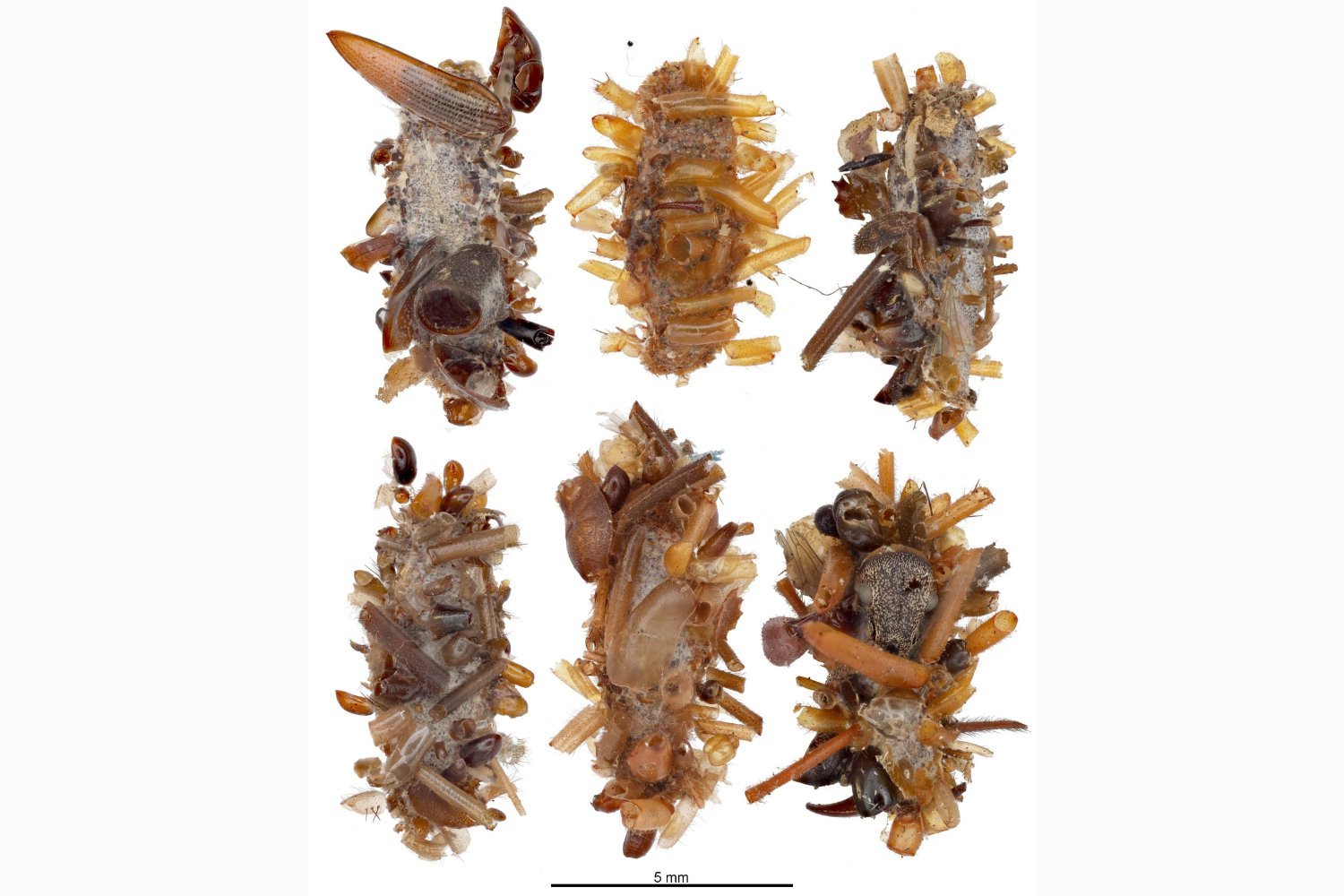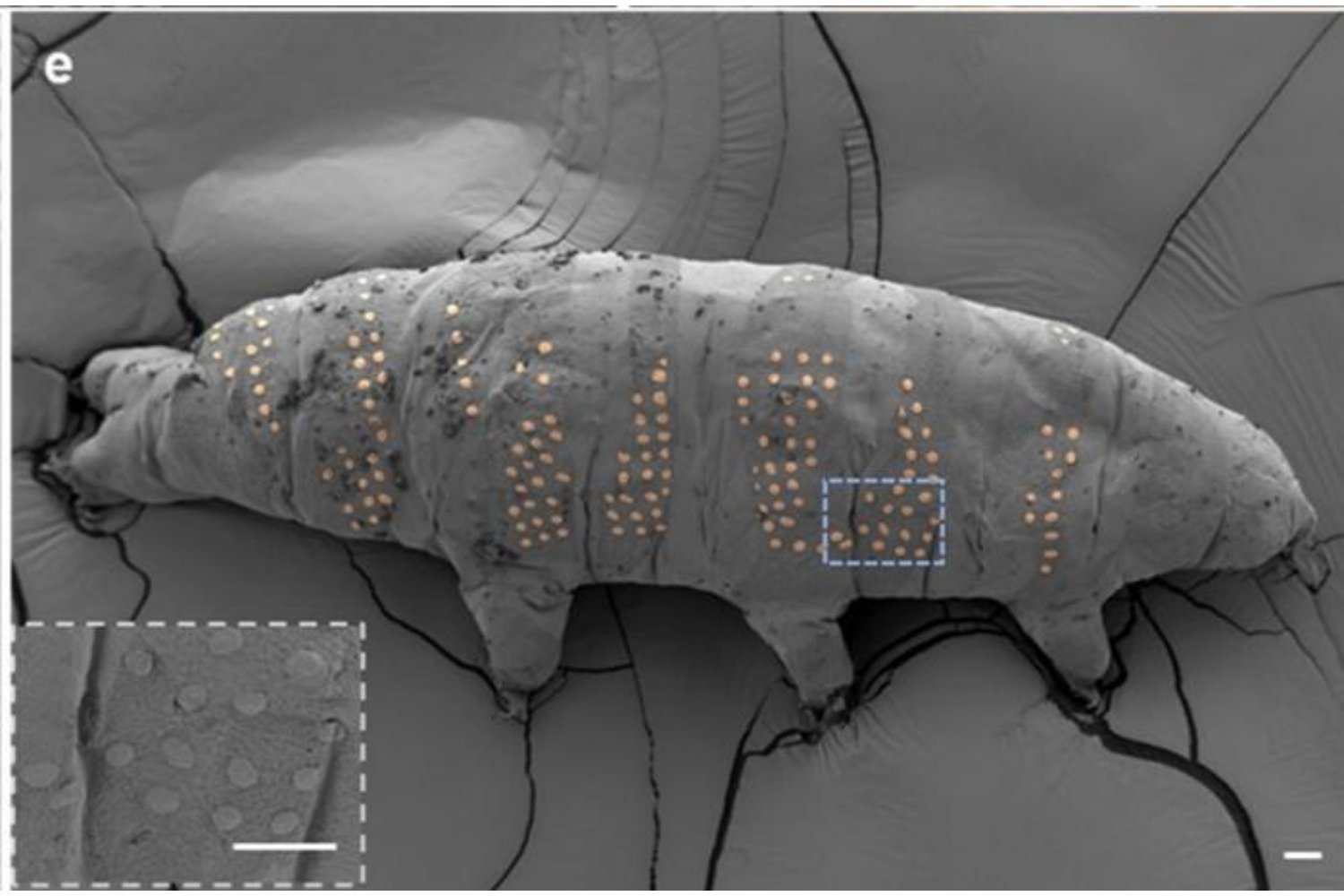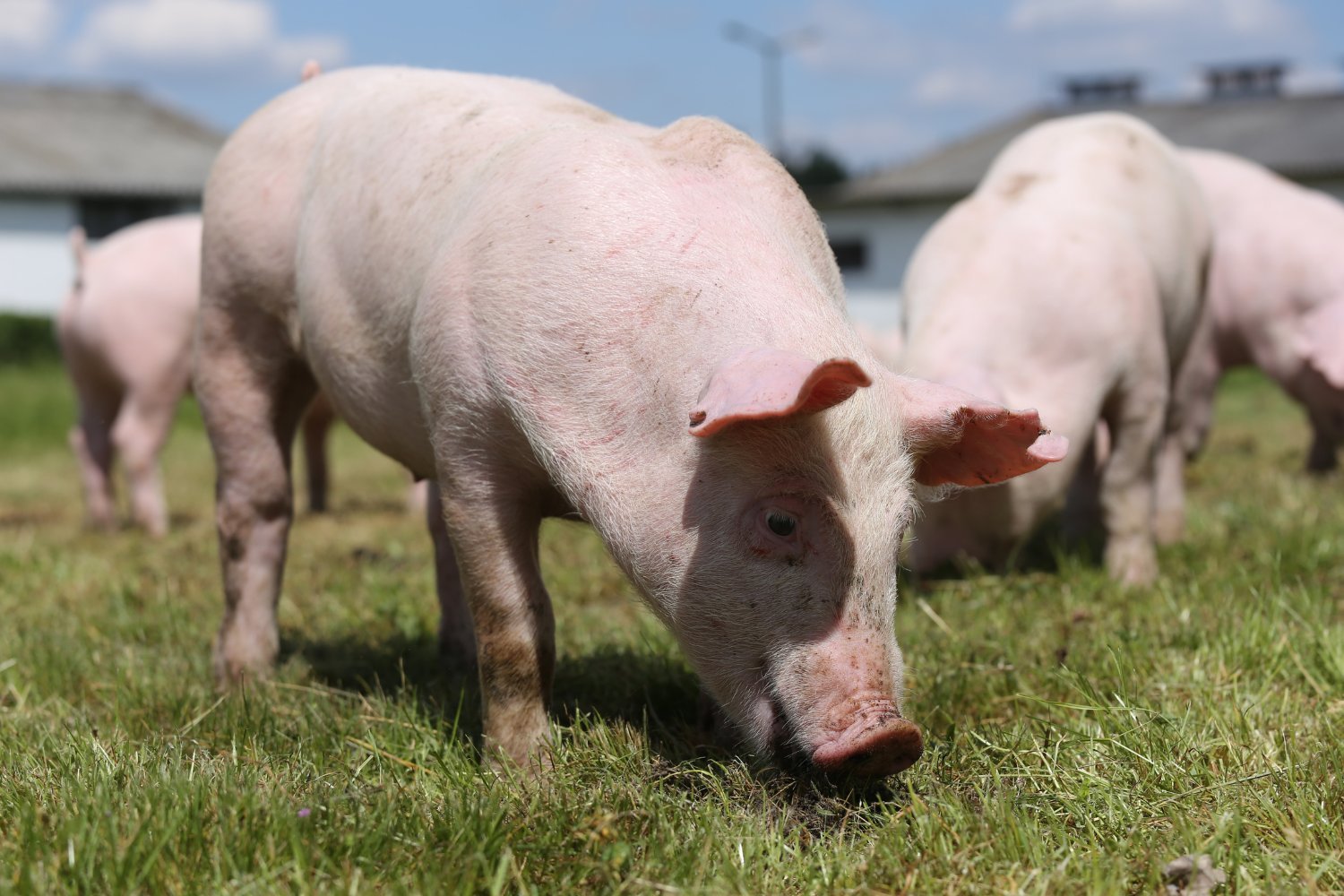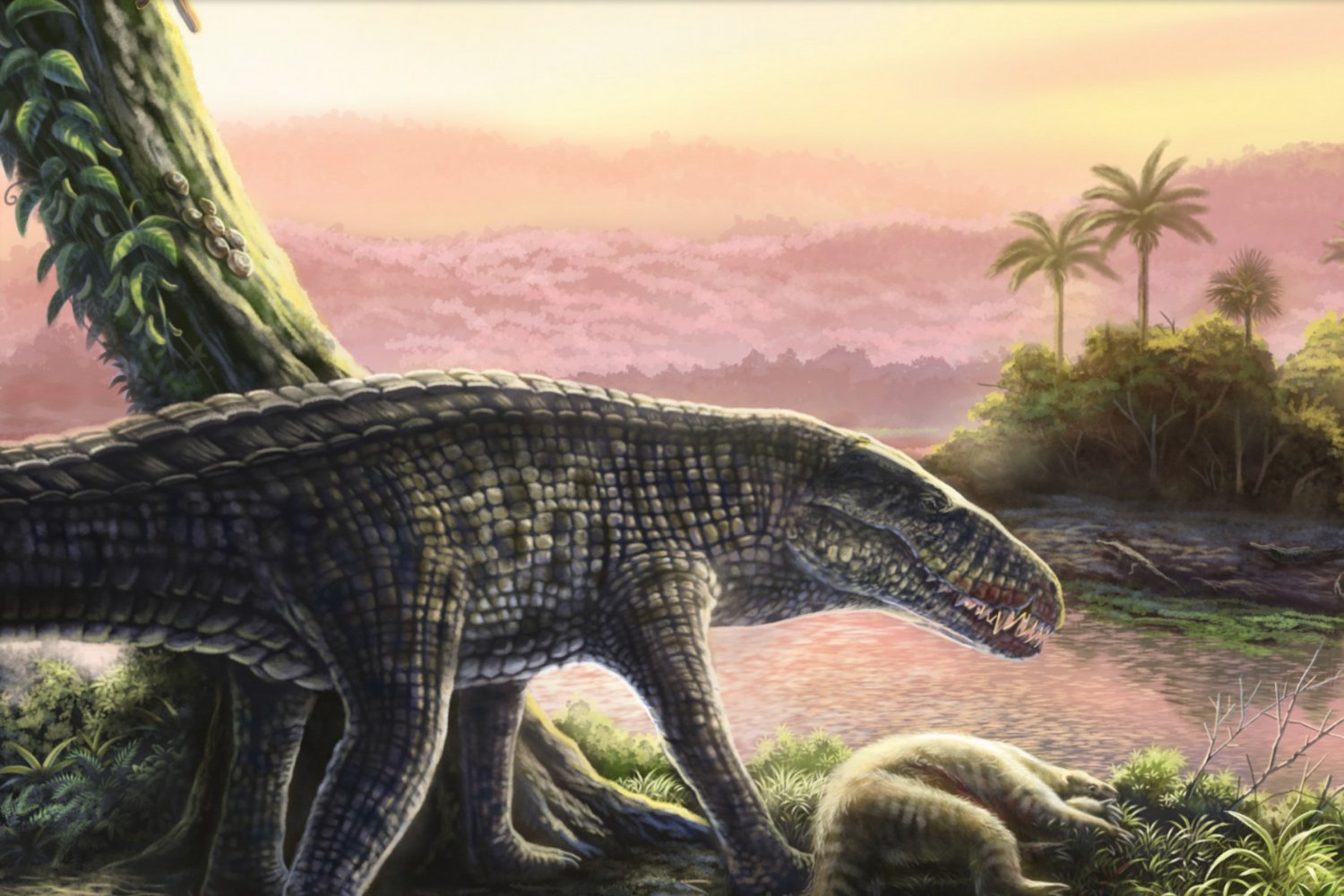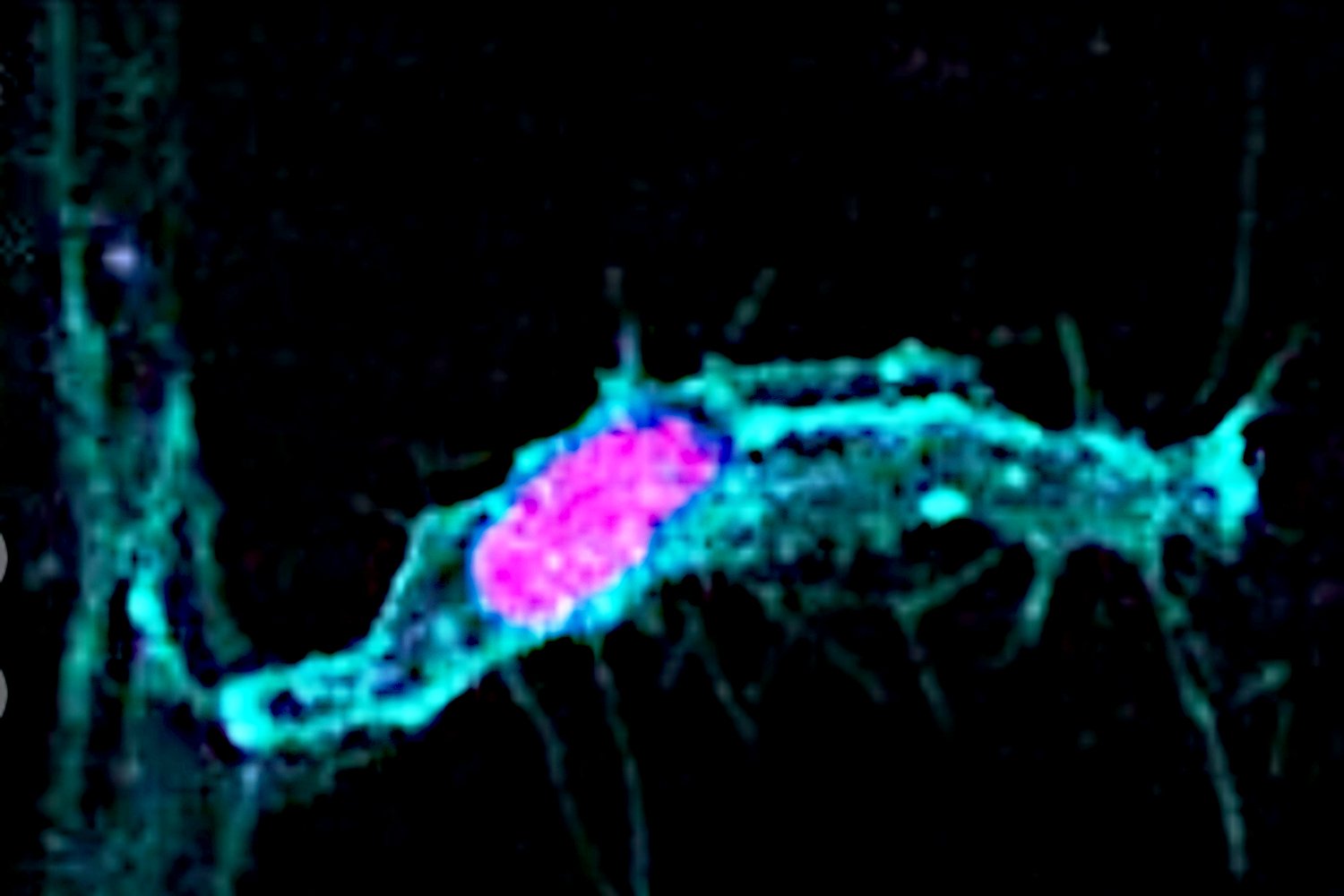The remote South Sandwich Islands, nestled in the Atlantic between South America and Antarctica, recently revealed a fascinating glimpse into deep-sea life. Scientists from the Schmidt Ocean Institute and the Woods Hole Oceanographic Institution, exploring the ocean depths, discovered a fish adorned with parasitic copepods resembling unusual pigtails. This intriguing observation, made at a depth of approximately 1,604 feet (489 meters), offers valuable insights into the health and biodiversity of this unique ecosystem.
While the sight of these tubular crustaceans latched onto the fish’s back might appear unsettling, their presence signifies a thriving ecosystem. Contrary to initial reactions, parasites play a crucial role in maintaining balance within the deep-sea environment. As benthic ecologist Lauren Dykman explained in a Woods Hole article, healthy ecosystems often exhibit a higher diversity and abundance of parasites. This unexpected relationship highlights the interconnectedness of life in these extreme environments.
The discovery of this parasitized fish was a serendipitous finding during a broader mission to catalog deep-ocean biodiversity and identify potential geohazards, such as underwater landslides or hydrothermal vents. The Schmidt Ocean Institute emphasized the importance of parasites in regulating populations, influencing the food web, and contributing to overall biodiversity.
This research also contributes to a larger investigation of the Antarctic Circumpolar Current, a powerful oceanic flow encircling Antarctica. This current creates temperature gradients that influence the distribution, migration, and reproduction of marine life. Scientists believe it may act as a biogeographic barrier, shaping distinct ecosystems and driving unique adaptations on either side.
Each observation in this underexplored region, from the smallest copepod to the fish it inhabits, adds to our understanding of how biodiversity varies across these underwater boundaries. The South Sandwich Islands expedition reinforces the growing recognition that remote ecosystems, including their often-overlooked parasitic inhabitants, hold vital clues to understanding our planet’s past, present, and future. The copepods on this fish are more than just a peculiar hairstyle; they are indicators of a thriving ecosystem shaped by the unique conditions of the deep sea.
The South Sandwich Islands expedition highlights the interconnectedness of life in these extreme environments. Each discovery contributes to a deeper understanding of biodiversity and ecosystem health in the face of environmental change. The ongoing research in this region promises to unveil further surprises and deepen our understanding of these vital, yet often overlooked, deep-sea ecosystems.



